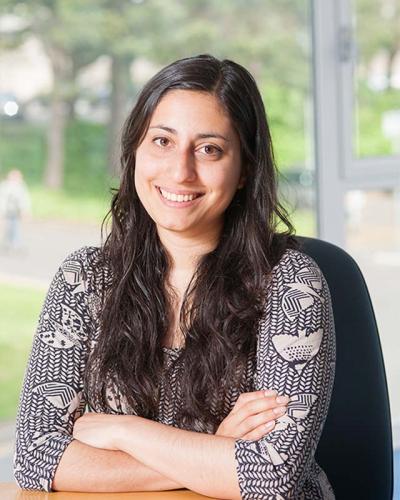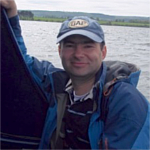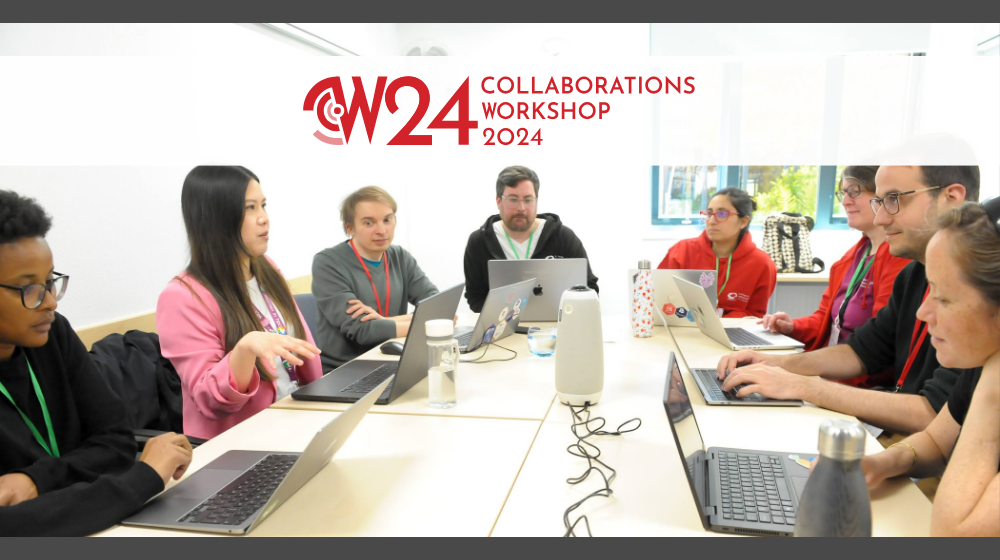Over the last decade, there’s been a consistent effort to lower barriers to the accessibility of research software. This has included translating educational resources from English to several languages (The Carpentries, since 2017), offering training in other languages (e.g. Software Carpentry in Ukrainian) and collaboration opportunities between the UK & other countries (The Turing Way, OLS, The Carpentries). These great initiatives have been aimed at diversifying access and working towards democratising knowledge.
However, there are still cultural and technical gaps which should be understood and considered when supporting international community-building. While established software communities are centred predominantly in English-speaking countries, more communities are emerging around the world (e.g. Latin-R, RSE Asia).
In the following sections, we’ll discuss some of the technical and cultural gaps, introduce successful case studies and look at how, by starting a conversation to address them, we can benefit from the richer and more diverse perspectives that multilingual and international communities can foster.
Barriers to multi-lingual and international openness
Access to infrastructure such as electricity, computers, internet, and cloud computing is needed to drive research and software development. In some parts of the world, these resources can be difficult to access, creating barriers preventing people in those areas from contributing to software communities.
Historically, educational materials have been created in English and later translated into different languages. While many non-native speakers tend to learn English as part of their primary education, not everyone does. If this education is available, it is typically for everyday purposes, rather than research or software-related purposes. This limits the utility of English-language educational materials for potential contributors to research and research software, including the ability to understand legal usage terms in e.g. a software licence, or jargon used in a pull request review.
Translation and localisation (adapting the material to local customs) are key to enabling multilingual communication. Tips for working with translation technology for open education resources have been published in another blog on the SSI website. Here, we emphasise the need for good documentation and guides to crowd-source contributions, such as e.g. the contributor guide to the Glosario project, available in English and Spanish, or this guide to translating carpentries into Ukrainian.
Open practices were developed in the Global North. It must, therefore, be acknowledged that they are not currently designed to allow diverse perspectives and contributions from an international point of view.
It is important to note that this language barrier is not unidirectional: people do, of course, conduct research in languages other than English. In these cases, language becomes a barrier not only to accessing English-language resources and research but also to researchers’ ability to contribute and exchange knowledge outside of their native language (and this also limits recognition of their contributions).
Case studies addressing these barriers
Bioinformatics Hub of Kenya Initiative
The Bioinformatics Hub of Kenya Initiative (BHKI) is a community of researchers and educators interested in the study of computational biology. BHKI was founded in 2019 and is a self-organised group based across Kenya that shares knowledge in different bioinformatics skills within Kenya and surrounding regions. Bioinformatics researchers constitute a big group of the RSE community in this region. Through partnerships and links with organisations like OLS and the Carpentries, they are able to introduce RSE and open science concepts and distribute resources that aid in reducing the knowledge barrier. The BHKI community is an example of the successful establishment of localised communities to address international barriers.
Catalyst Project
The Catalyst Project is a Chan-Zuckerberg Initiative funded project aimed at developing collaborative cloud infrastructure services for the biosciences in Latin America and Africa, which are historically under-served by large-scale cyberinfrastructure projects.
The project has provided reliable and sustainable research infrastructure for BHKI, amongst other communities, in the form of JupyterHubs in the cloud, managed by 2i2c, who is one of seven core team members of the Catalyst Project. The digital hub serves as an accessible space for community members from across the world to create and share computational knowledge and best practices without the need for complex local installations and hardware. For example, researchers and educators can teach students on a shared platform that offers a reproducible software environment, or researchers can collaborate on work around large datasets in the cloud that are common to biosciences research.
Hub administrators are trained by 2i2c on how to make the best use of their digital hub and benefit from mentoring by the Open Life Sciences on Open Science leadership and Train the Trainer workshops provided by The Carpentries. This skills training is designed to permeate and disseminate foundational skills to the wider community so that they can independently manage their digital infrastructure within a collaborative open science framework.
Building bridges across the world
Drawing on the above experiences in international community building, we found it is important to consider these general points.
- It is important to be aware of the power balance and historical context in the interactions between Western, more wealthy institutions and international and multilingual communities, especially when trying to promote top-down ideas.
- A focus on research infrastructure can empower localised communities. While individuals and organisations active in the space of community building should be aware of ideological and practical restraints, a focus on resources over practices means that there is flexibility for local communities to come up with their own best practices and contribute novel ideas.
- These novel ideas can then benefit other communities if there is space for them to connect and share experiences and knowledge “horizontally”. It is therefore also essential that conversations between localised communities are promoted, ensuring the facilitation of horizontal and bottom-up approaches.
Conclusion
As a global research software community, we need to recognise that knowledge doesn’t just exist (and is not only generated) in English and that by helping build international and multilingual communities we democratise knowledge, lower barriers and capitalise on diversity. This could happen by empowering and providing support for international community builders, sharing experiences in community building, funding translation and localisation infrastructure and the people maintaining it, and ensuring international research software communities are connected in both directions, equitably.
Authors |
Selina AragonSoftware Sustainability Institute ORCID: 0000-0001-9938-0522 |
Catherine InglisSoftware Sustainability Institute X: @cafi_epcc |
Oscar SeipSoftware Sustainability Institute ORCID: 0000-0002-8503-2698 |
Dmitry NikolaenkoDurham University ORCID: 0000-0002-9338-5928 |
Jenny Wong2i2c jnywong.github.io |
Pauline KaregaUniversity of Manchester ORCID: 0000-0001-7974-048X |
Alessandro FelderUniversity College London ORCID: 0000-0003-3510-9906 |
Alexandra Araujo AlvarezThe Alan Turing Institute |
Olexandr KonovalovUniversity of St Andrews olexandr-konovalov.github.io ORCID: 0000-0001-5299-3292 |
Adamu Adamu HabuUniversity of St Andrews ORCID: 0000-0003-0197-7676 |





